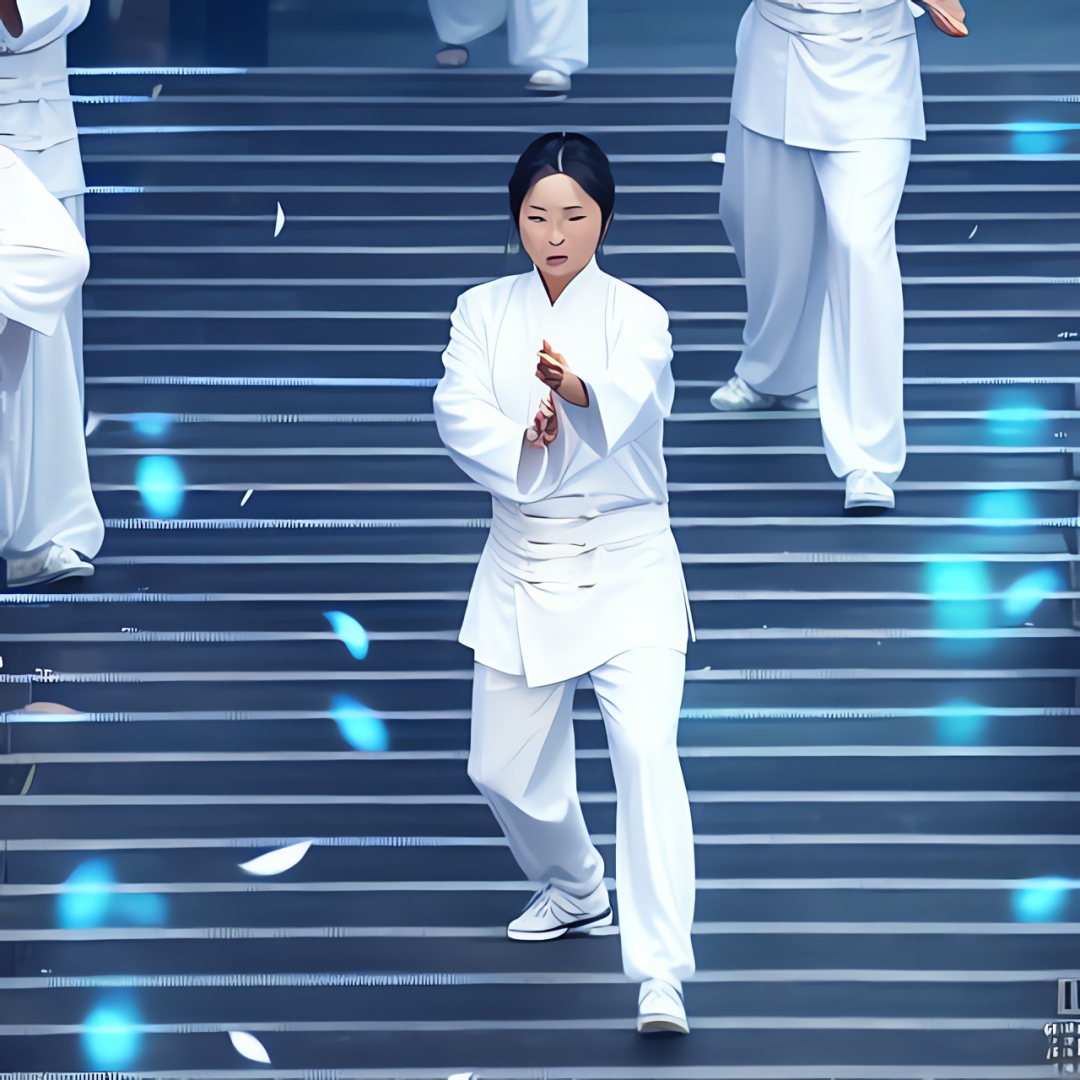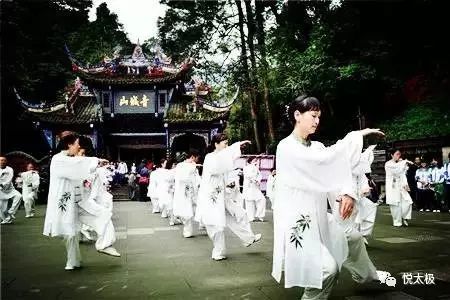
As an ancient yet fashionable exercise for fitness and mental well-being, Tai Chi has become a part of many people’s lives. Many have learned various postures in Tai Chi studios or through online videos, but is Tai Chi merely about showing off these postures?
In fact, practicing Tai Chi involves “three major taboos, four essential methods, and five key suggestions!” Today, I have prepared a popular science article on Tai Chi, hoping to make your practice effective.

Three Major Taboos
First Taboo: Ignoring Breathing
In Tai Chi practice, breathing is the link between the body and the mind. If breathing is unstable, the mind is unstable; if breathing is stable, the mind is stable. Therefore, to achieve a calm mind, one must control their breathing.
True practice involves breathing slowly and naturally.
The opening and closing of the body are controlled by breathing;
The duration of each posture should follow the breath;
Whether you have reached your limit in practice can be judged by your breathing;
……
During practice, focus all your awareness on your breathing. Every posture, except those required by the instructor, should be completed with natural breathing.
Second Taboo: Ignoring Details
Tai Chi is a subtle art and discipline. Regardless of how many postures Tai Chi has, each posture has its own key points. Only when you correctly complete these key points is your practice effective.
The harmony of Tai Chi postures comes from the harmony of strength;
The harmony of strength comes from the harmony of muscles and bones;
The harmony of muscles and bones comes from the details of the body parts and the whole.
Therefore, Tai Chi practice should pay more attention to details. Through continuous correct practice, awareness grows in the exploration of the body, which is what Tai Chi ultimately offers us.
Third Taboo: Ignoring Warm-up and Relaxation After Practice
A complete Tai Chi class should include warm-up, routine practice, and final relaxation.
Warm-up is to activate the muscles and joints, adjusting the body and mind to better enter the practice state.
Routine practice is to open the body’s energy channels, and breathing is to distribute the body’s energy throughout. However, the true effect of enhancing the body’s Qi and blood energy comes from the final relaxation technique.
Although the relaxation after practice consists of simple movements, just 3-5 minutes can be as effective as several hours of ordinary sleep without awareness.
Four Essential Methods
First, Practice Tai Chi with Your Ears
Listen to the instructor’s commands. A Tai Chi coach will inform you of the details and pain points to focus on for each posture through their commands. After receiving the instructor’s commands, do not look around; focus on your practice experience.
Tai Chi aims to connect our different aspects, allowing us to feel every part of our body, as well as our spirit and emotions.
Second, Practice Tai Chi with Your Eyes
Pay close attention to the instructor’s demonstration, noting the details, and think about how you can improve.
Focus on your current practice; this is true Tai Chi. When looking far ahead, do not neglect the path beneath your feet.
Third, Practice Tai Chi with Your Mouth
Those who can be Tai Chi instructors must possess a righteous and kind heart. They are polite, generous, and believe in Tai Chi, each having a positive and optimistic attitude towards life.
Talk to your Tai Chi instructor about the problems you encounter and your feelings during practice. Trust me, your teacher will be happy to answer your questions.
Fourth, Practice Tai Chi with Your Heart
Tai Chi is about the cultivation of body and mind. Please treat every Tai Chi class with care, every practice session, every movement, and every breath.
Whether standing still, practicing routines, or pushing hands, the purpose of Tai Chi is to transform the mind, relying on the mind, and becoming aware through the body, transitioning from restlessness to tranquility, from confusion to awakening, from dullness to sensitivity.

Five Key Suggestions
First, Do Not Let Tai Chi Be Limited to the Classroom
Tai Chi is not just a martial art; it is also a form of cultivation. Do not let your Tai Chi practice be confined to the classroom; bring Tai Chi into your life. A true Tai Chi practitioner embodies Tai Chi in every action, whether walking, sitting, or lying down; life is filled with Tai Chi.
You may not practice Tai Chi outside of class, but please do so in a Tai Chi manner: non-violently, honestly, without stealing, with restraint, treating all people, matters, and things around you kindly.
Second, Adjust Practice According to Your Physical Condition
Tai Chi can be practiced poorly, as long as you act within your limits and know when to stop.
In a Tai Chi class, the instructor must cater to the levels of all students, which may lead to some postures that you truly cannot perform. At this point, you must learn to remain calm and control your practice; do not force yourself.
Third, Focus Solely on Your Practice
You do not need to compare yourself with others all the time.
Since everyone’s physical condition and practice duration differ, a certain movement may be performed perfectly by others while you cannot do it.
That’s okay; focus on your practice, find a method that suits you. Remember, routine practice is just a tool; excessive comparison will make us slaves to the tool.
Fourth, Do Not Be Attached to Tai Chi Practice
You need to patiently await the results of your practice, be at ease with your Tai Chi practice, and not be attached to the changes Tai Chi brings. Do not be attached to weight loss, becoming more relaxed, or gaining more awareness.
The important thing in practicing Tai Chi is to let go of attachment; an attached heart is like a cage that confines you. Accept yourself, whether good or bad. Practicing Tai Chi is to help you live better, and all efforts serve you.
Do not force yourself; practice according to your personal strength on that day, and enjoy the fun in it! Without pressure, you will achieve wonderful results.
Fifth, Tai Chi is Not a Universal Solution
To make life better, self-discipline is also needed; Tai Chi is not a cure-all.
You cannot indulge in food and drink and expect Tai Chi to give you a slim figure;
You cannot sleep at three in the morning and expect Tai Chi to give you boundless energy;
You cannot be plagued by illness and avoid medical treatment, then expect Tai Chi to restore your health.
Perhaps we have misunderstood Tai Chi and are still expecting it to provide for us. Tai Chi is merely a key to unlock the heart; health and beauty depend on your inner choices.
Every Tai Chi beginner should understand the basic knowledge of practicing Tai Chi. I hope these three major taboos, four essential methods, and five key suggestions can better guide your Tai Chi practice. Progress a little each day, and over time, your Tai Chi practice will reach new heights!

